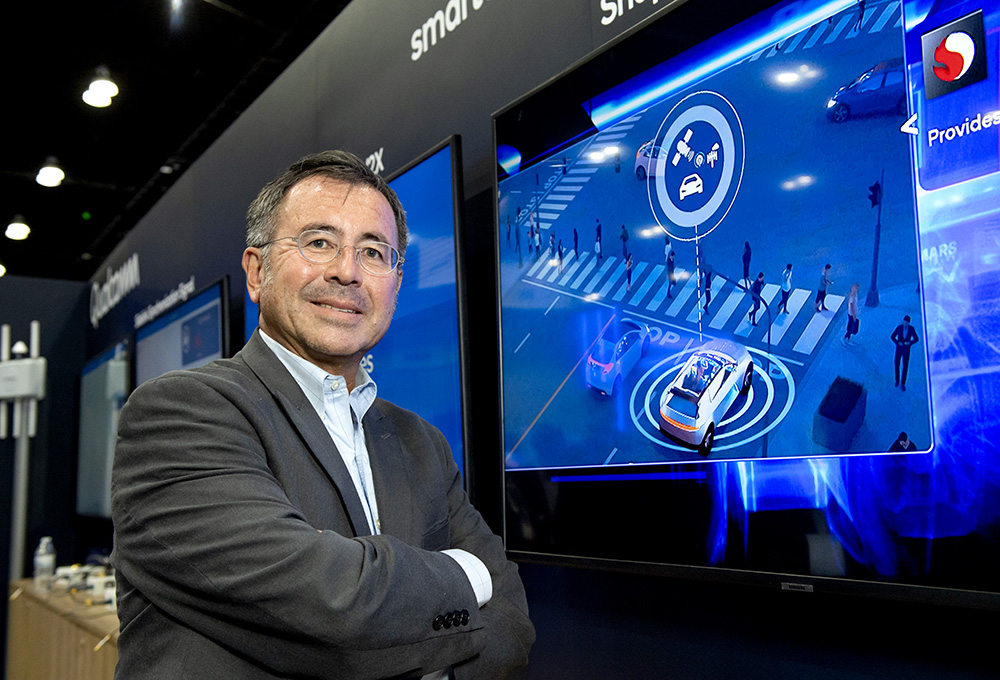
The company is using its cellular Vehicle to Everything (C-V2X) to help improve safety for cyclists by enabling direct communication between road users, vehicles and roadside infrastructure without the need for a cellular network.
The form factor, previously engineered for automotive use, has been altered for bikes, enabling vehicles to identify vulnerable road users using the same C-V2X technology used in vehicles.
Jim Misener, Qualcomm’s global V2X ecosystem lead, is confident about the development of C-V2X over the next few years: “The technology constantly evolves but it has to be interoperable with future technology.”
Looking ahead to the next ITS World Congress in Los Angeles in 2022, he said: “By LA, we’d anticipate that the FCC would have finished its deliberations on C-V2X. And in two years’ time we are in China, where you’ll see a mature system, with 100 cities and 14 or 15 OEMs. China has a head of steam. The effects of that deployment will be profound.”
The important thing about C-V2X is that it is applicable all over the world, with a few tweaks. “It’s the same underlying hardware with some difference in protocols,” explains Misener.
Stand B5.300
















